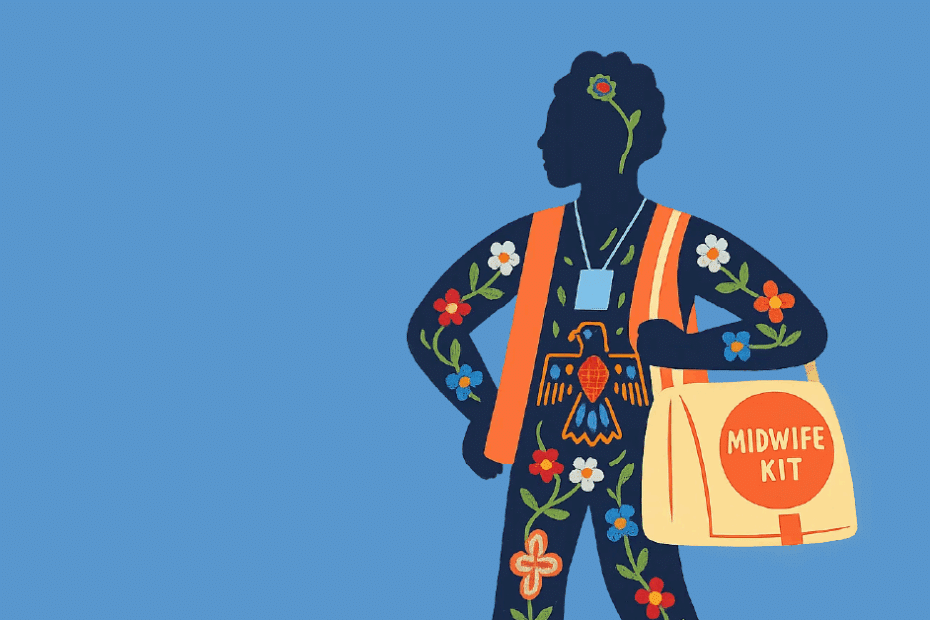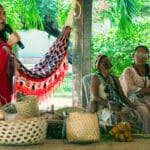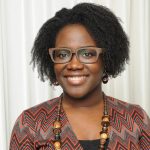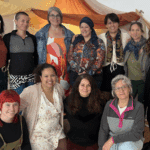Nadine Morin, an Indigenous midwife working in an urban centre in Canada, has developed a community-based model of sexual and reproductive health care shaped by decades of serving the Indigenous community. With over 20 years of practice across urban, rural, and remote communities, she now works in a setting that allows her to integrate culturally grounded, collaborative care into services for youth aged 12–24.
Upon joining a youth clinic, Nadine noticed that the Indigenous youth she had hoped to reach weren’t yet coming through the doors. “We have four reserves nearby,” she explains. “So we started offering care at the wellness center on the reserves and at the Urban Indigenous Health Center as a way to do outreach.” Nadine and her colleague Erin also visited a tent community in the downtown core to chat with unhoused youth. This approach allowed them to meet clients in spaces they feel safe, build trust, and remove key barriers to care.
Having a care provider in the community, one that recognizes the barriers that people experience and the lack of trust that they might have in the healthcare system, particularly for Indigenous people, can support them to become active participants in their own healthcare and access the medical care they need.
Nadine Morin
Nadine also supports Indigenous birth evacuees—pregnant individuals who must leave their communities for specialized care in urban centers. As a main referral hub, the city sees many clients needing high-level obstetric services, including those under the care of the Maternal Fetal Medicine (MFM) team. Nadine and their team are included in this care, especially when clients are admitted to the antepartum unit or staying in temporary accommodations. “We would be doing daily visits with the client at the hospital and doing a lot of knowledge translation around what was happening,” she explains. Herrole includes practical support, such as helping people access food banks and ensuring their hotel rooms have kitchenettes to reduce living costs. Many evacuees face isolation and limited resources, and Nadine works to provide advocacy, emotional support, and a plan for reintegration into their home communities.
Nadine highlights a major gap in postpartum care once these clients leave the hospital system. “Often, the baby’s care is well coordinated by the system, but what we see is, the mom just gets dropped and doesn’t get any postpartum care,” she says. To address this, Nadine supports clients in creating follow-up plans for chronic health concerns, breastfeeding, and healing. Their team also launched a culturally sensitive baby bundle initiative using cardboard box beds provided by public health.
Nadine was trained and certified in forensic nursing and offered this care out of the youth clinic after recognizing a critical gap for youth who had experienced sexual assault. “We were simply running a drop-in clinic on Tuesdays where people could come for STI testing. But as we provided care, clients began to open up, disclosing that they had been sexually assaulted.” After several disclosures and declining of outside referrals, Nadine and Erin completed forensic nurse examiner training along with two nurses on their team so they could provide trauma-informed assessments in the community setting—becoming the first out-of-hospital site in the area to do so.
Many of her clients have experiences of medical trauma or feel unsafe in hospital settings, making traditional care inaccessible. So, Nadine and Erin created new protocols to ensure that clients received comprehensive, dignified care on their own terms. They developed 15 medical directives to allow their team to offer relevant medications and treatments within their collaborative care model.
“With historically and currently marginalized populations, we need to think about different care models, but there’s a huge lack of knowledge of the vulnerabilities of those populations and what they might need to be better served,” says Nadine. “Having a care provider in the community, one that recognizes the barriers that people experience and the lack of trust that they might have in the healthcare system, particularly for Indigenous people, can support them to become active participants in their own healthcare and access the medical care they need.”
Some names and identifying details have been changed to protect privacy.




